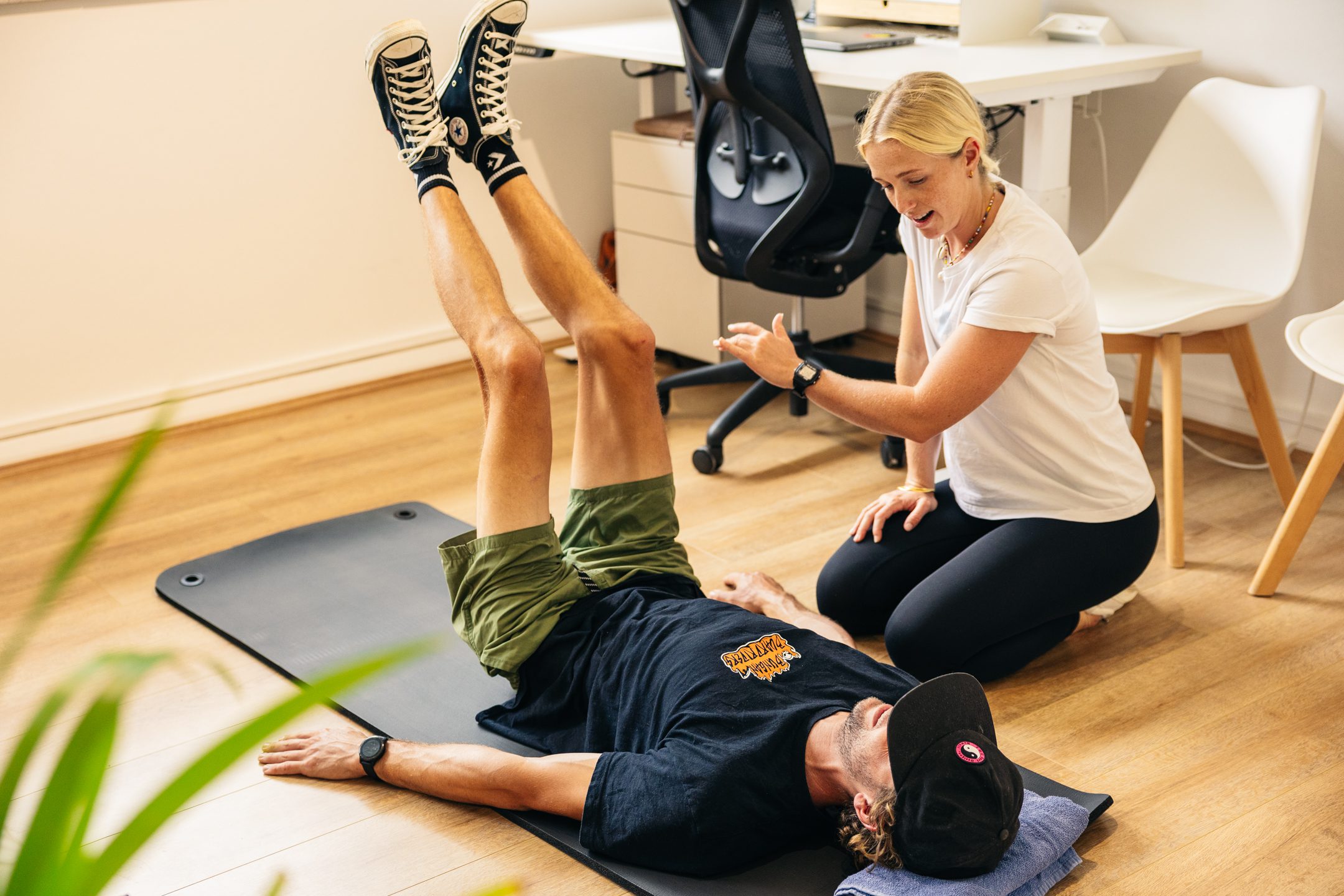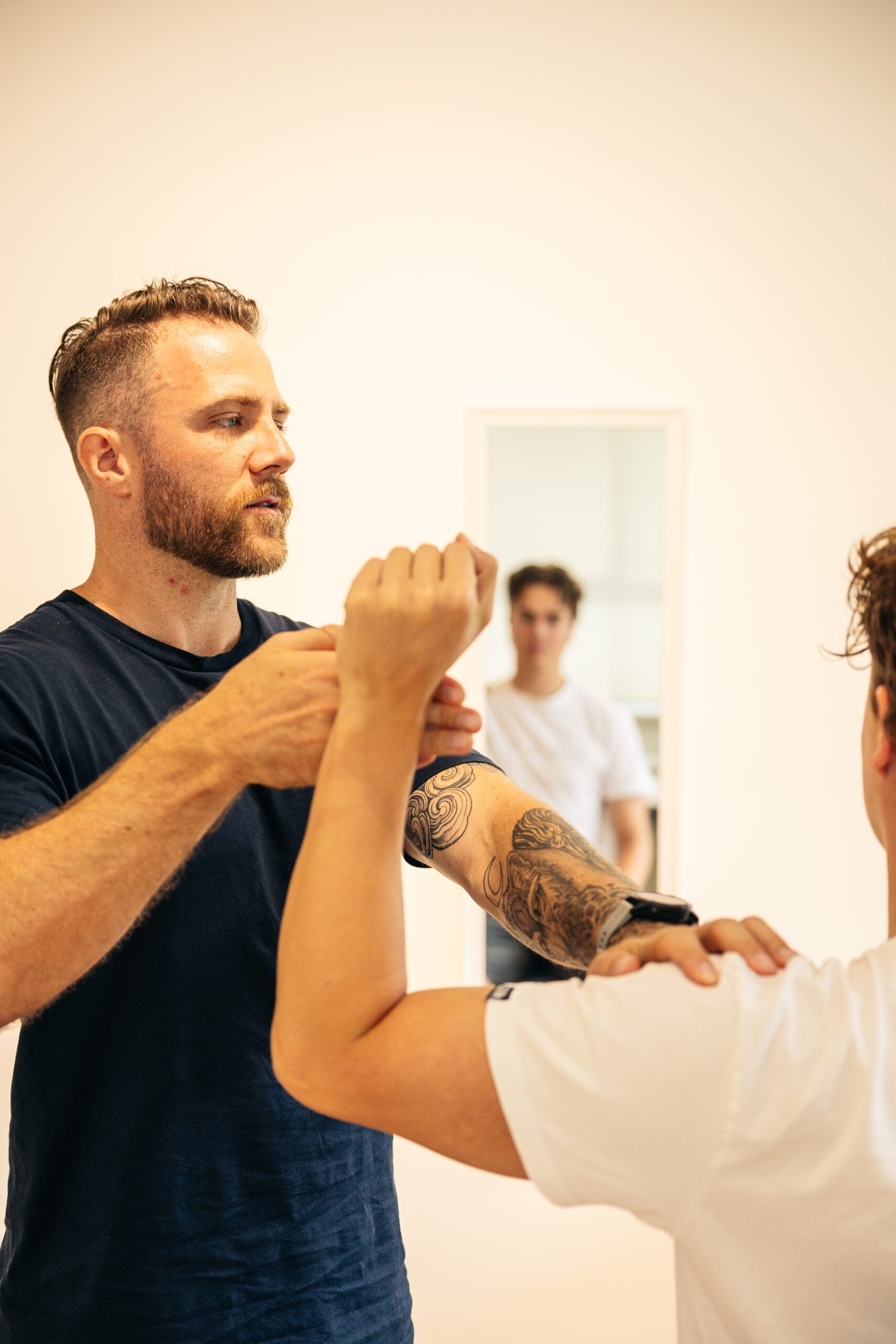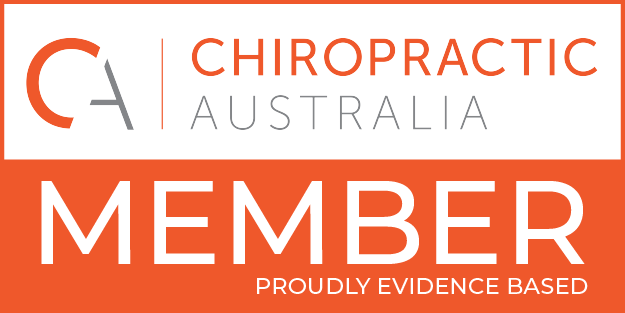Dr Jess Milsom
If you often suffer from headaches, chiropractic care can be beneficial in reducing the severity of your pain. Understanding which type of headache you experience and what tissues are involved can improve your and your chiropractor’s headache management.
Headaches can be primary, meaning that the pain originates from tissue within or surrounding the head or from a secondary cause such as dehydration, infection, substance withdrawal (e.g. caffeine headache), or from a dysfunction of the neck, sinuses, or facial structures (teeth, eyes, ears). This blog will discuss the three most common types of headaches, their symptoms, and the best treatment methods.
Tension-type headaches
A tension-type headache is the most common headache disorder. These headaches can occur commonly and may last anywhere from minutes to days. The pain is often a pressing or tightening feeling across the back of your head, temples and forehead, like a tight hat, squeezing your head. The intensity of this pain can be mild to moderate but should not be made worse by day-to-day activities. Sufferers of this type of headache may be sensitive to light or sound but not both. There is also no associated nausea with this type of headache. Psychological stress or a lack of sleep is a common cause.
Treatment for these headaches commonly involves chiropractic care, simple analgesics and non-steroidal anti-inflammatories (NSAIDs), such as paracetamol and ibuprofen. Chiropractic care – massage, relaxation techniques, neck mobilisations, neck manipulations, and prescribed exercises and stretches – reduces pain intensity and improves the quality of life.
Migraines
Migraines are the second most common type of headache and are more common in women. The current theory is that migraines are neurovascular pain syndrome. The pain occurs through changes in the processing of signals through the brain, which may lead to painful inflammation of the cranial blood vessels and dura mater (tough, outer cover which protects the spinal cord and brain). They are triggered by skipping meals, taking blood pressure medication, poor sleep, stress or allergenic foods and perfumes.
Migraines are chronic and episodic, meaning they come and go over time, beginning in puberty / young adulthood and lasting until at least the 50s. These headaches can be preceded by an ‘aura’, a momentary change to vision such as blurring, spots of darkness or zig-zag flashing lights. Migraine sufferers also commonly suffer nausea, vomiting, sensitivity to lights and sounds, and brain fog-type symptoms. The headache affects one side but not the other and will be pulsating in quality. The pain of this headache can be moderate–severe and can be aggravated by physical activity. The headache attacks can last between 4 – 72 hours.
Treatment for these headaches often involves prescribed medications, caffeine, and over-the-counter analgesics. Most migraine sufferers will feel the most relief when lying in a dark and quiet room. Research regarding the effects of manual therapy on migraine headaches is somewhat limited. Chiropractic care – manipulations, massage and dry needling – has been shown to be most effective combined with relaxation techniques and therapeutic exercises. Neck manipulations may be helpful for the short-term treatment of migraines, however, do not help in the long term. Regular exercise, stress management/relaxation techniques and lifestyle modification are all suggested for the management of migraines by reducing the frequency and intensity.
Cervicogenic headaches
These headaches are often caused and made worse by neck movements or sustained head positioning (e.g. sitting at a desk all day). These types of headaches may also be associated with a history of trauma to the neck region, such as a whip-lash injury that occurred years or months ago. The pain is often referred from the neck and perceived in the head and face, commonly the forehead, around the eyes, around the temples or near the ears. The pain in the neck will often be on the same side as the headache pain. Pain is often easily reproduced by applying pressure through the upper neck, upper trapezius and levator scapulae muscles and by moving the neck through its range of motion. This headache will not have changes to vision or hearing and can be moderate–severe in pain quality. They may last anywhere from 1 hour – weeks.
These headaches can be relieved by chiropractic care which involves neck and upper back manipulations or mobilisations, as well as a therapeutic exercise regime.
If you do not fit into one of the above headaches, it may be beneficial to keep a headache diary. Take note of the location of pain, severity, additional symptoms and any noticeable triggers.
Booking in to discuss your symptoms with us can also help to determine appropriate exercises and lifestyle modifications which can help you to manage your pain better.
References
1. Headache Classification Subcommittee of the International Headache Society. The international classification of headache disorders.2nd edition. Cephalalgia 2004;24:suppl 1.
2. Crystal SC, Robbins MS. Epidemiology of tension-type headache. Curr Pain Headache Rep. 2010;14:449
3. Chaibi A, Russell M. Manual therapies for primary chronic headaches: a systematic review of randomized controlled trials. The Journal of Headache and Pain. 2014;15(1):67. doi:10.1186/1129-2377-15-67.
4. Becker WJ. Cervicogenic Headache: Evidence that the neck is a pain generator. Headache. 2010;4 699-705
5. age P. Cervicogenic headaches: an evidence-led approach to clinical management. International journal of sports physical therapy. 2011 Sep;6(3):254.
6. Chaibi A, Tuchin PJ, Russell MB. Manual therapies for migraine: a systematic review. The journal of headache and pain. 2011 Apr 1;12(2):127-33.
7. Biondi DM. Physical treatments for headache: a structured review. Headache: The Journal of Head and Face Pain. 2005 Jun;45(6):738-46.
8. Diener HC, et al. Efficacy of acupuncture for the prophylaxis of migraine: a multicentre randomised controlled clinical trial. Lancet Neurol 2006; 5: 310-316.







